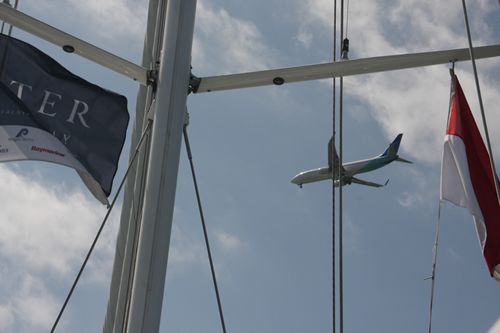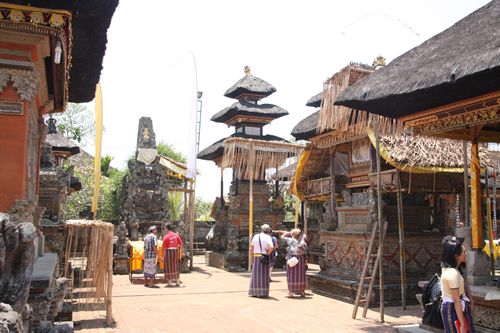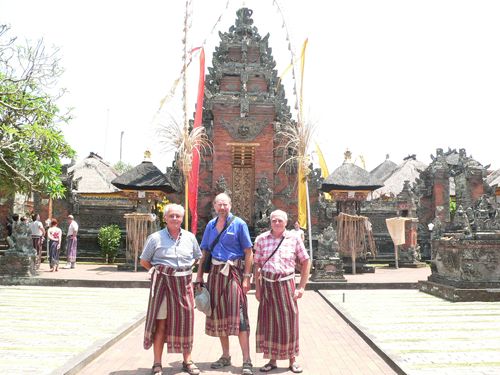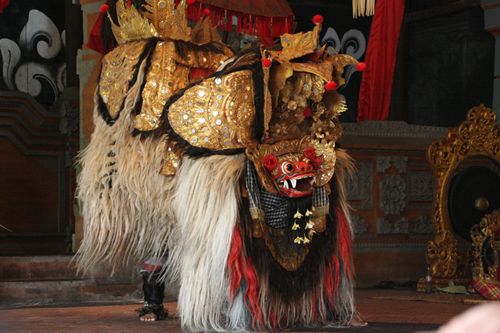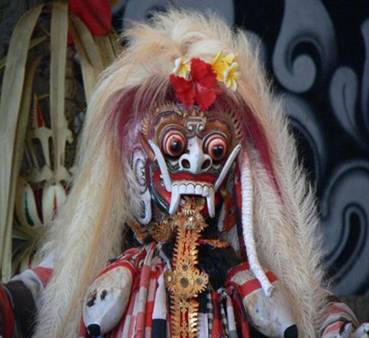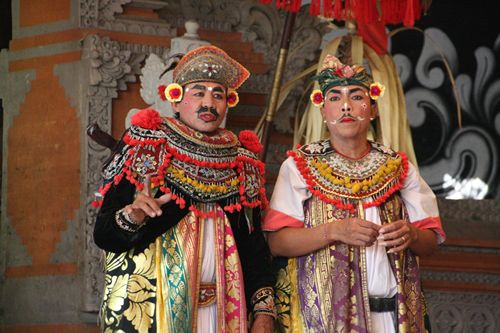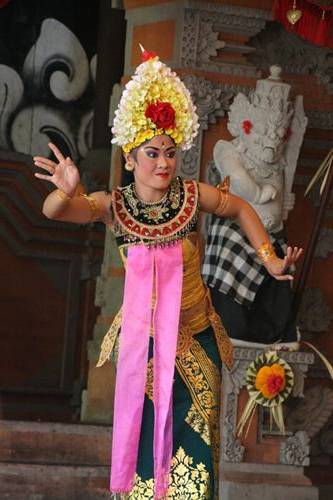Bali: Hello, Goodbye!

Tuesday 8th October 2013 Port Benoa, Bali Indonesia, 8 44.5S 115 12.7E Today's Blog by David (Time zone BST +7.00; UTC +8.0) One good thing about the rather unprepossessing “Bali International Marina, (the Curate’s Egg shows that there be must be at least one), is that is handy for the airport.
Looking back on it, quite a few marinas we have stayed at have been. This one is in Port Benoa, at the southern tip of Bali. It is small and has accommodated the fleet by rafting boats up. Rafting is not uncommon in yachting, Years ago, it was part of the fun, rafting up four boats deep e.g. along the Town Quay in Poole; jumping over the decks of the inside boats on your way back from the pub; the collegiate endeavour the following morning to spring out the guy alongside the harbour wall without too much damage to all concerned. But those yachts were 30 foot and weighed 6-8 tonnes at most. Rafting an Oyster 72 against an Oyster 885 as they did. or a circa 33 tonne Oyster 575 against a 655 (as we did) is another thing altogether. It’s not that it can’t be done – it’s just that the consequences of a mistake can be quite pricey, so one doesn’t …………… at least not very often! Nothing happens in Port Benoa – it is miles from anywhere: far from Kuta the surfer’s paradise with a propensity for people wearing ‘Bomber Jackets’ to hang out, and a long way from the APEC Conference. So far so good. But, apart from the Marina restaurant (which actually did very good, if basic, Indonesian food) there is nothing around. So you need to explore – if you have the appetite for it after working/touring or otherwise existing in an exhaustingly humid 30+ degrees C. Touring the island was interesting. As with most of Indonesia, Bali is the product of volcanic activity and is 16,000 feet at its highest point. Dry on the windward side and wetter on the leeward side of the volcanoes where the island is quite lush and tropical as you get higher. (Contrast my Komodo observations). All of the main roads are lined with buildings, houses (or compounds – families tend to live together in small groups inside walled compounds), shops and other businesses stretch along the side of the road - mile after mile. One or perhaps two streets back the landscape turns rural and there are rice paddies, orange groves (with cauliflowers farmed in the shade under the tree) sugar maize etc. thereafter. Animals for food are raised in individual compounds rather than being farmed in herds. We visited the usual tourist oriented tradesmen, each offering their own special ‘discounted’ buying opportunities for tourists: Silversmiths, Wood carvers and the like and we visited a Coffee and Cocoa plantation. However, even after the initial offer price was already said to have been discounted 45%, and in the knowledge we could probably buy stuff for a little more than half it was initially offered, for anything that looked worthwhile, each of these buying opportunities seemed to us to be incredibly expensive. The businesses are organised in areas. In other words, all of the e.g. stonemasons are in the same area so for example you drive by perhaps 100-200 separate stonemason business side by side along the road. Thousands of Hindu temple type gargoyles lined the road as far as we could see making us wonder about stock turnover. It wasn’t just stonemasons; every business we visited had huge show rooms and massive stocks – we wondered who was going to buy it all. Indonesia is predominantly Muslim but Bali is largely Hindi. There are said to be over a million temples in Bali (an island 50 x 70 miles). Each family compound has its own Temple - so a million temples is perhaps of the right order of magnitude and so perhaps the stonemasons’ stock levels made sense. We visited a public Hindu temple. Nothing like any Hindu temples I saw in a visit to North India with Simone a few years ago:
(They did not do XXXXXXL Sarongs, Ed) Balinese coffee is hardly world renowned - in Hawkley at least – but they do make the most expensive coffee in the world. This is called “Luwak Coffee” which is made from a special kind of coffee bean. A coffee bean is the seed inside a coffee berry; the berry is a greyish pink when ripe and a particular attraction to a Civet. A Civet is a small mammal, about the size of a very large cat, but one which likes these berries. They eat the berries and excrete the seed – the coffee bean. Coffee made from these beans – gathered by hand from among the excrement – is said to be so good that is retails in Bali for fully 20x the price of other coffees. In other words, where there is muck there is brass. We did taste it; one cup between us, but did not feel moved to buy it for our ship’s stores. Early on in the day, at about 09.30, we were shepherded into a theatre to watch a traditional Bali Dance – it lasted about an hour. The plot was quite simple but we were glad to have seen it.
The ‘Push-me-pull-you’ on the left is a tiger. The guy on the right a god. The two below looked (and behaved) more like characters in a Gilbert and Sullivan production
But the best part – by far the best – was watching the ladies - dancing with every sinew in their bodies – their head, shoulders, chins, arms and hands. It was captivating – even at 09.30 in the morning!
So, that’s about it. We are sitting on the dockside now, waiting for customs clearance to depart from Indonesia and head towards Cocos Keeling. |
